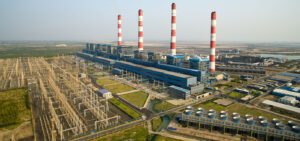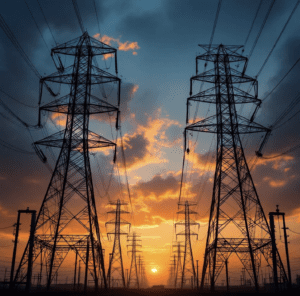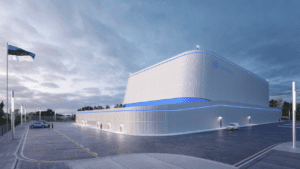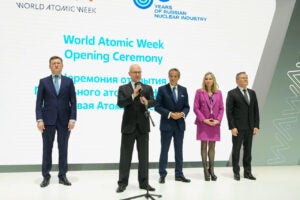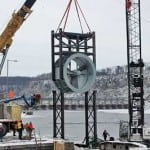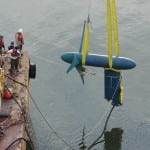The first federally licensed in-stream hydrokinetic power project in the U.S. began operating commercially on the Mississippi River in Hastings, Minn., on Thursday.
Hydrokinetic projects produce power from moving water without the use of a dam, and they include wave energy systems and in-stream turbines, which can capture the energy from tidal flows or the flow of a river. The Hastings project, an in-stream turbine from Hydro Green Energy, captures the flow from the output channel of an existing hydropower dam.
The turbine, anchored downstream from the dam on a tethered barge, has a nameplate capacity of 100 kW, and an expected output of about 35 kW. After approval of the project by the Federal Energy Regulatory Commission (FERC) last December, the turbine was quickly installed on the barge and has been undergoing testing since mid-February. In June, the turbine was evaluated for its impact on fish in the river, and an environmental research firm found that 97.5% of fish passing through the turbine survived the journey. A second turbine with increased power and efficiency is slated to come online next spring.
Hydrokinetic power is also making waves in Maine, which earlier this month became the first East Coast state to sign a Memorandum of Understanding (MOU) with FERC relating to the energy source. Maine agreed on Aug. 19 to coordinate with the federal commission on tidal power projects off its coast. The MOU establishes Maine’s support of FERC’s procedures for a short-term license for experimental pilot projects.
FERC and Maine also agreed to notify each other of proposed tidal energy projects and will work together to identify potential issues and to set a schedule to process permit applications. FERC had previously signed similar hydrokinetic agreements with the states of Oregon and Washington.
Sources: EERE, Hydro Green


